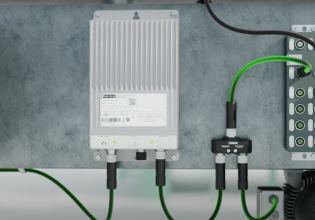C
I am looking for details on how redundancy works in S7-400 H System. I want to know about all the events that will cause data updating from master station to the slave station and likewise. What is the switching time required?
THANKS
THANKS






